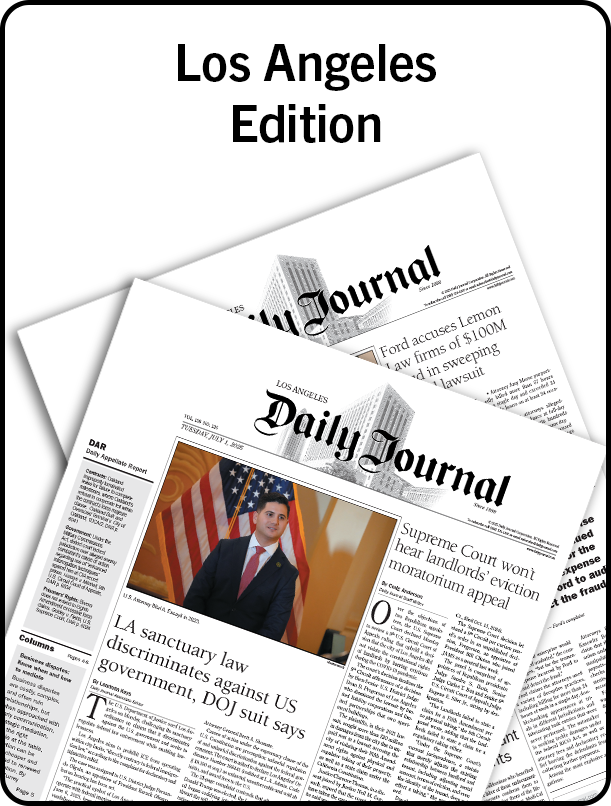News
Increasingly, law firms seeking to land (or retain) clients are forced to respond to an RFP - a company's request for proposal - in which a limited number of firms are asked to prepare a written proposal and (sometimes) deliver a live presentation, all in competition to win the client's business.
For law firms, an RFP is the proverbial double-edged sword. On the one side, it's a chance to sign a potential client with a substantial matter that will be assigned to outside counsel. But on the other side, responding to an RFP consumes enormous time and effort for all contenders, and ultimately only one firm will win the business.
If you're willing to engage in the RFP process, heed a few simple tips to maximize your odds of success.
- Weigh the odds. Before diving into a proposal, think hard - and objectively - about how likely you are to get the business. The winning firm almost always has a strong pre-existing relationship with the client. A helpful rule of thumb: If you don't honestly believe you have at least a 50/50 shot at the business, and have at least some positive relationship with the client, responding to an RFP probably isn't worth the effort.
- Put the client first. The biggest error firms commit is turning an RFP response into an autobiography. A firm's response should be primarily about the client - its strategy, its needs, its competition. Beyond basic information about your firm, everything you say should be in the context of how you can help the client reach its business goals. Ideally, devote crucial space up front to a discussion of the client's strategy and competition before mentioning yourself. (And be very careful about using boilerplate copy: Clients notice.)
- Don't write a brief. The potential client is not a lawyer, and your RFP response is not a legal document. Successful proposals include more than factual information; they also work on an emotional level, presenting a law firm as a team of human beings that the client will enjoy working with. This means the proposal has to be written in relatively informal language. It must be interesting and compelling, and you must understand that facts alone won't win. Remember: You're not arguing, you're selling.
- Stand out from the competition. Most law firm proposals are virtually interchangeable. To succeed, your firm has to present itself as different from the competition in a way that will matter to the client. In particular, avoid dwelling on the three claims that almost every law firm makes: "We're better attorneys," or, "We're responsive," or that old chestnut, "We're cost-effective." These claims are so universal as to be meaningless.
- Hit the mark. Winning themes are one-sentence concepts that support your pitch, and that speak directly to the client's goals. Develop these before beginning to write your proposal, and repeat them throughout the document. For instance, if you're pitching to Clorox, you should have gleaned ahead of time through research that the company has made a major strategic commitment to sustainability and "green" products. A winning theme might be your firm's parallel commitment and experience in these areas.
- Hire a graphic designer. How a firm's proposal looks is extremely important. Hire a professional graphic designer - really good freelancers, available through Craigslist, are very inexpensive. Have one help you design a proposal template that looks contemporary, clean, organized, and professional. This means using images, color, white space, and typography. A good-looking, professionally-designed proposal will have an impact and set you well apart.
- Forget the bios. Some proposals from large law firms are not much more than attorney biographies - page after page of them. With the exception of a small number of key people, biographies of your attorneys are irrelevant; omit them, or put them in an appendix.
More than anything, a winning proposal will be about the potential client - not the law firm seeking to expand its billing portfolio. General counsel frequently complain that outside firms don't take the time to really understand their business. By preparing a client-centered proposal that's also a marketing document, you will demonstrate that your firm is the right one for the job.
Peter Darling, president of Repechage Group in Santa Cruz, is a marketing consultant to law firms.
#310032
Kari Santos
Daily Journal Staff Writer
For reprint rights or to order a copy of your photo:
Email
Jeremy_Ellis@dailyjournal.com
for prices.
Direct dial: 213-229-5424
Send a letter to the editor:
Email: letters@dailyjournal.com








